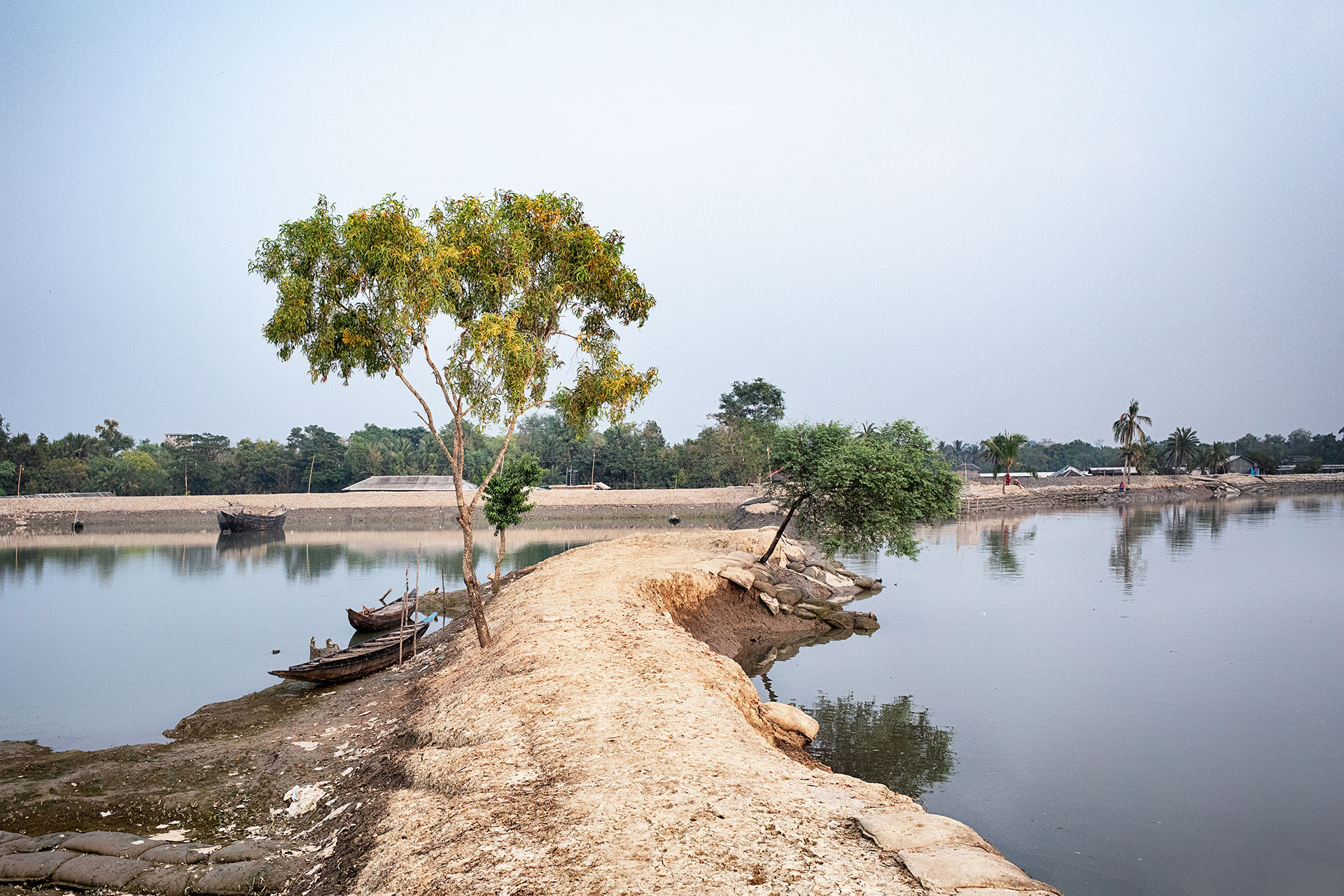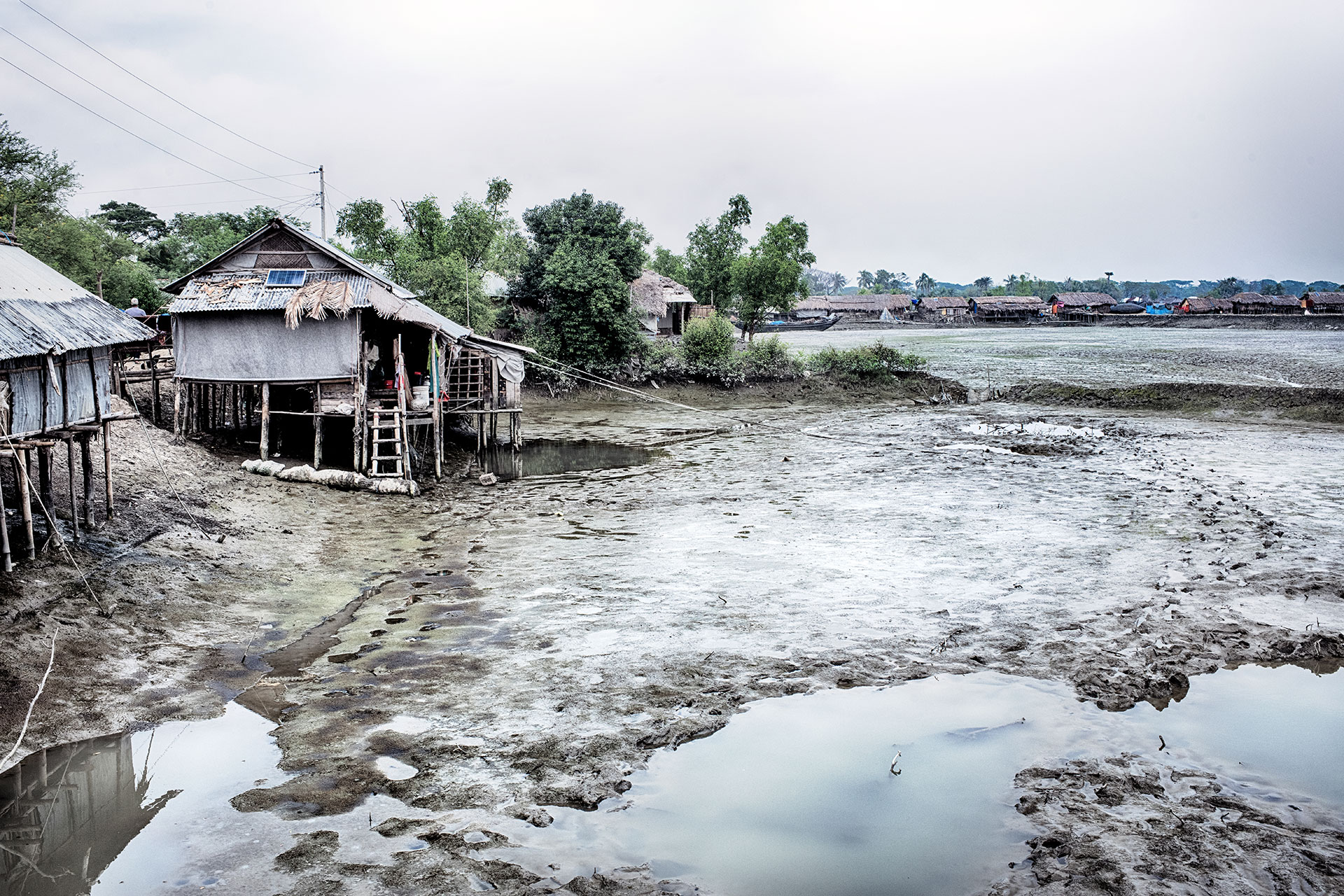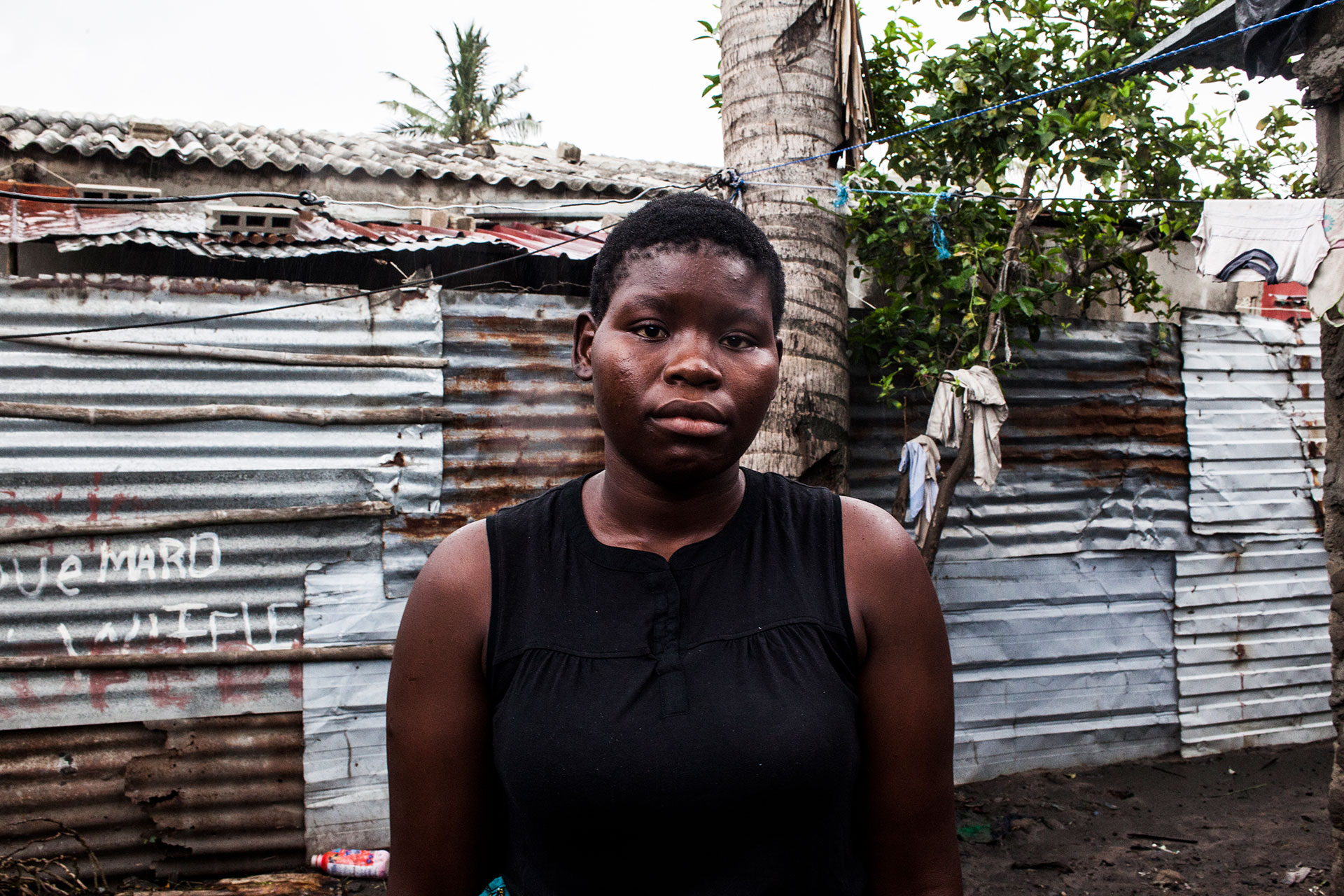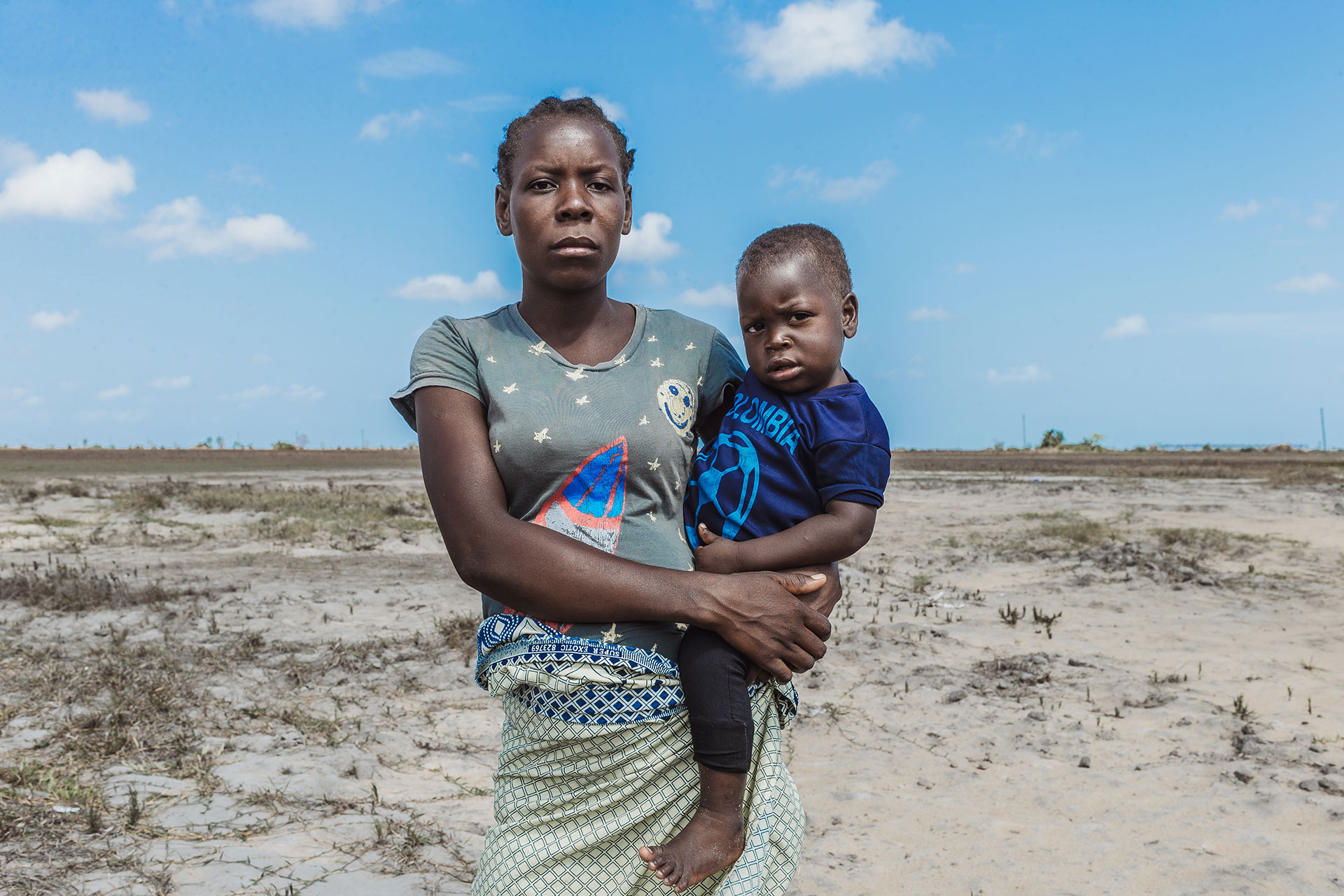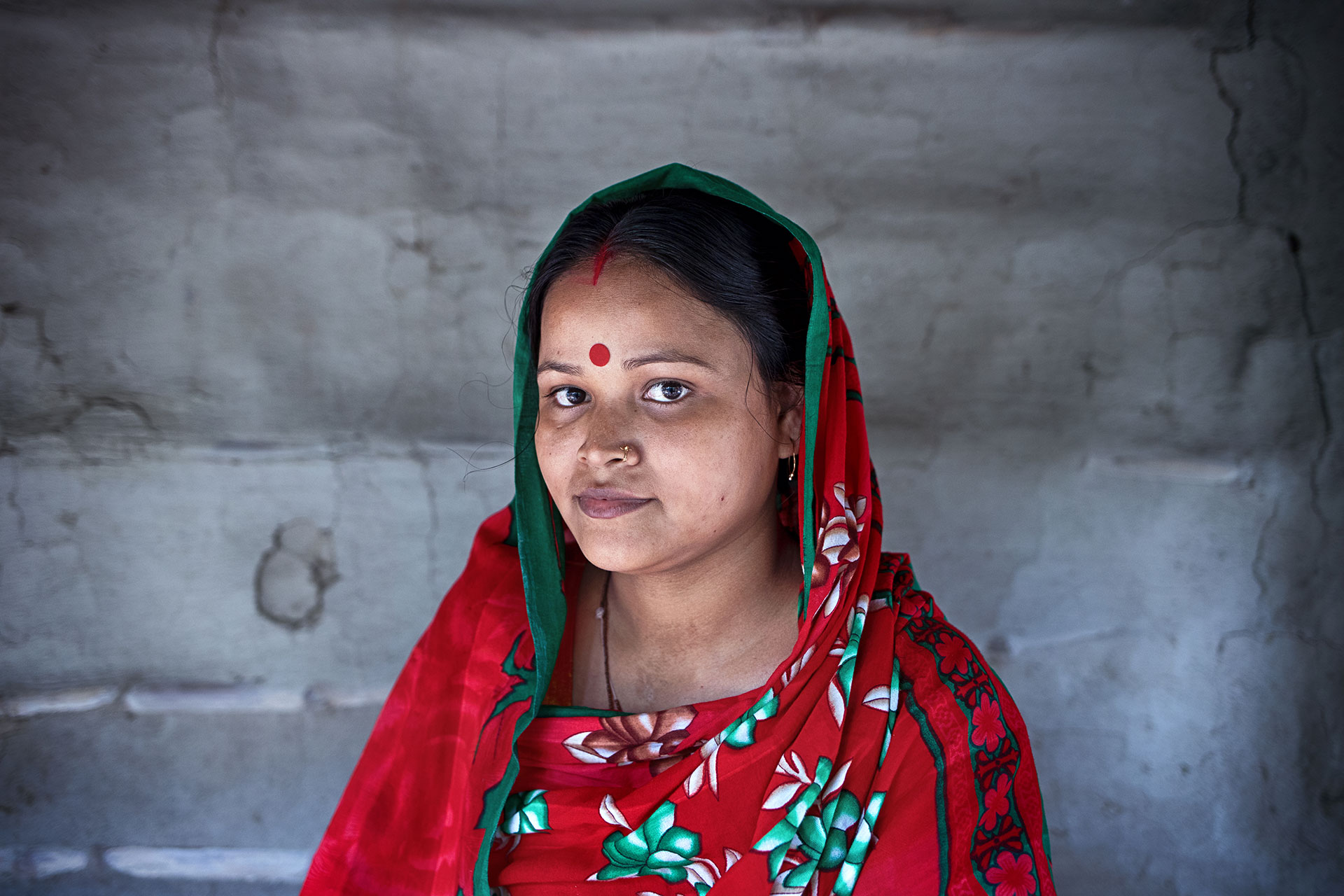Coastal Bangladesh
The Sundarbans is one of the world’s largest mangrove forests and home to Bengal Tigers, crocodiles, dolphins and more than 250 species of birds.
In the face of more frequent cyclones, landslides, droughts and other hazardous weather, Bangladesh is “exceptionally vulnerable” to climate change, according to the Environmental Justice Foundation, which says women in Bangladesh “are among the first to face the impacts of climate change, and their suffering is disproportionate.”
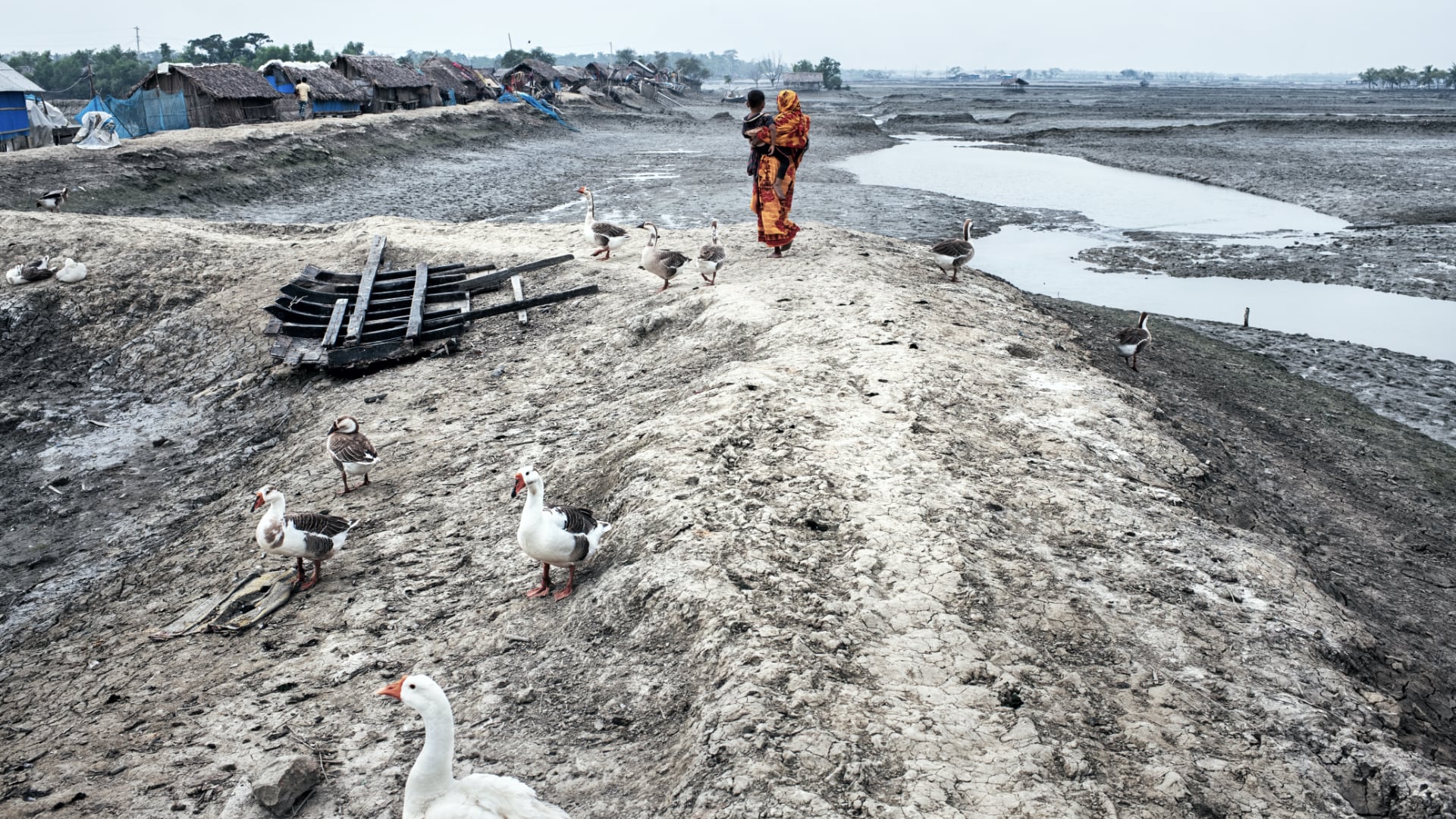
This adds to the burden of inequities women and girls already face in attaining an education, getting good-paying jobs and having power within their households. A 2019 World Bank report says women in Bangladesh “still have limited choices, control and decision-making power over their employment, finances and economic assets.” Bangladesh has the fourth-highest rate of child marriage in the world, with many parents viewing early marriage as the only way to safeguard their daughter’s future.
Those kinds of barriers make access to sexual and reproductive health services even more difficult. Millions of women of reproductive age don’t have the contraception they desire. In 2014, nearly half of all pregnancies were unintended, according to a Guttmacher report, and there were more than 1.1 million abortions, “many of which were likely done in unsafe conditions or by untrained providers.”
Learn more about the two communities we visited.
Photography in Bangladesh by Fabeha Monir and in Mozambique by Amilton Neves.


